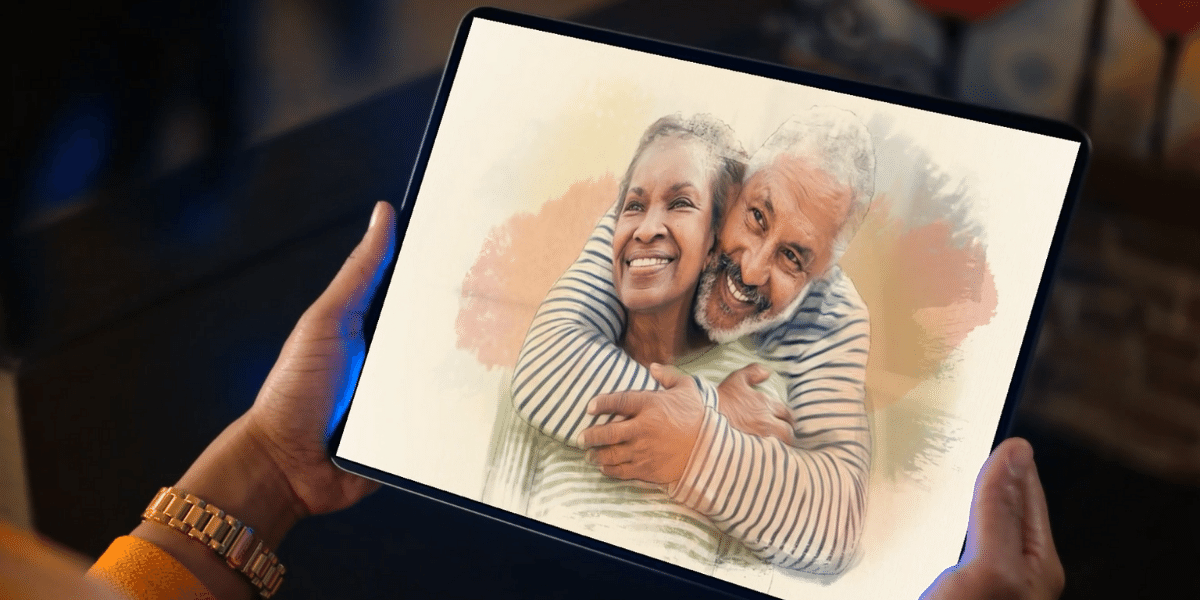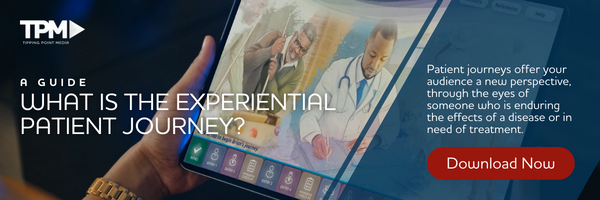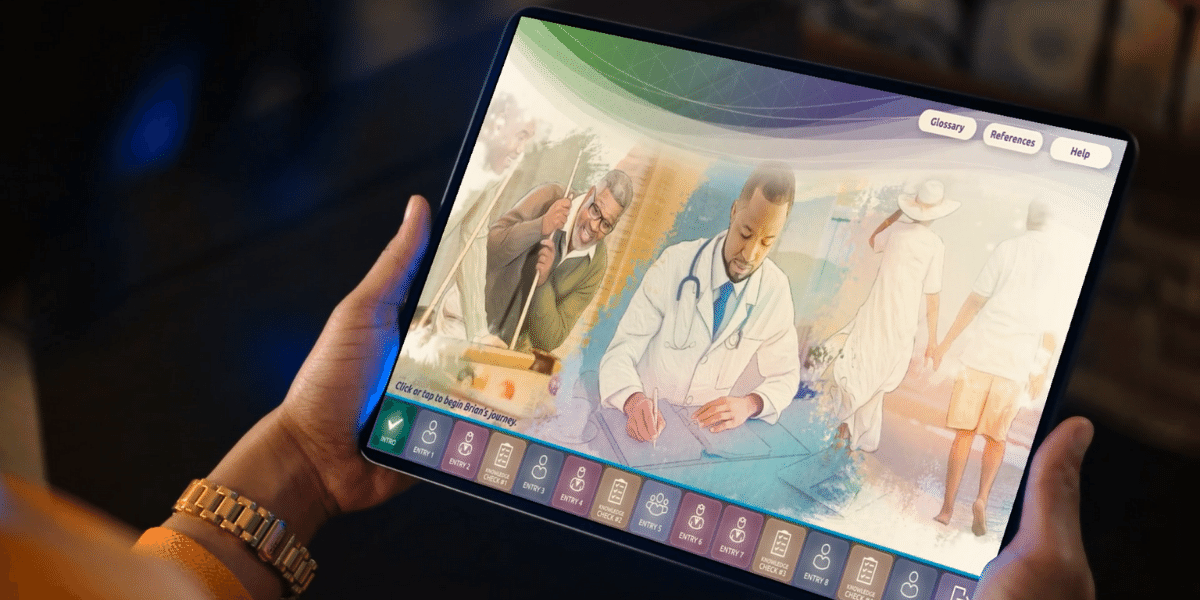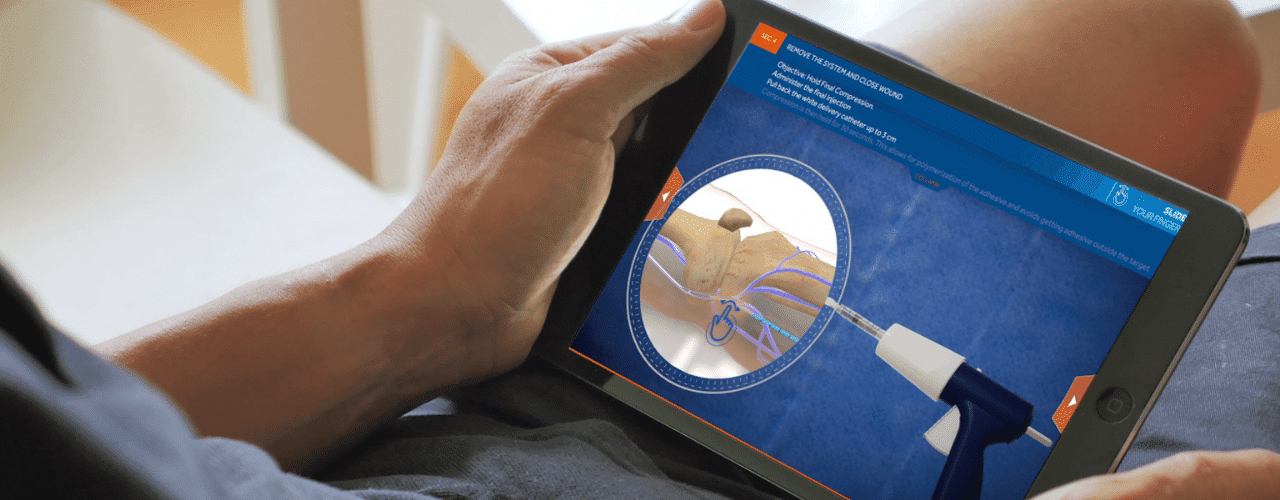Breast cancer is the most prevalent non-cutaneous cancer affecting women in the United States. In fact, it is the second-highest cause of cancer deaths among women in the country. Unfortunately, despite decades of improved outcomes for patients with early-stage breast cancer, approximately one-third of patients get diagnosed with late-stage cancer. The earlier a woman is screened, diagnosed, and treated for the disease, the higher their chances of recovery.
Cancer treatment is changing with the rapid technological advancements that improve the accuracy and speed of diagnosis and help in clinical decision-making. That’s why an experiential patient journey is important for healthcare providers.
Being able to experience what your patients are about to go through makes you keenly aware of what to look for when treating them. Being able to empathize with a patient and know what the signs and symptoms look and feel like can lead to things like faster diagnosis, better and earlier stage care, and positive treatment outcomes.
Advocating for Early Cancer Diagnosis and Early Treatment
Early detection is very important when it comes to increasing cancer survivorship; this is especially true of breast cancer patients. Women who are diagnosed and treated before the cancer spreads outside of the breast have a 99% five-year relative survival rate. Therefore, health promoters must understand what to look for and how to look for it. Experiencing what patients go through can help the people caring for them identify things that are the beginning signs of the disease progressing, which could lead to a faster diagnosis and earlier treatment.
Providing Empathy for Patients
The entire goal of using patient journeys as a health care provider is better disease awareness and a focus on wanting to help improve patient lives as much as possible. There is no better way to see what your patients go through than using the patient journey. Understanding what is happening to them at each stage of their journey not only improves patient lives, but can also sharpen current practices to fit their needs as best as possible.
Using Patient-Reported Outcomes
Integrating current technology into the breast cancer patient journey is very helpful. Technology can recreate a first-hand experience that health care providers use to understand their patients on a deeper level that was previously unavailable.
Carefully listening to patient feedback remains one of the most effective ways healthcare personnel can evaluate and plan treatment for patients with breast cancer. The patient journey is one way to know what to look for and signs to be listening for from your patients. Combining the latest technologies with patient-reported outcomes (PROs) could result in improved patient results.
Every Breast Cancer Journey Is Different
Each patient’s breast cancer journey is unique. Patient journey examples vary because people have different needs, thus requiring different levels of medical responses. This is why patients must work with a diverse team of healthcare specialists who understand their diagnosis and treatment plan.
Above all else, it’s important to understand what your patients could be going through on their journey to be breast cancer-free. At Tipping Point Media, we take pride in our award-winning experiential experiential patient journey solutions. Contact us today to request a demo.



